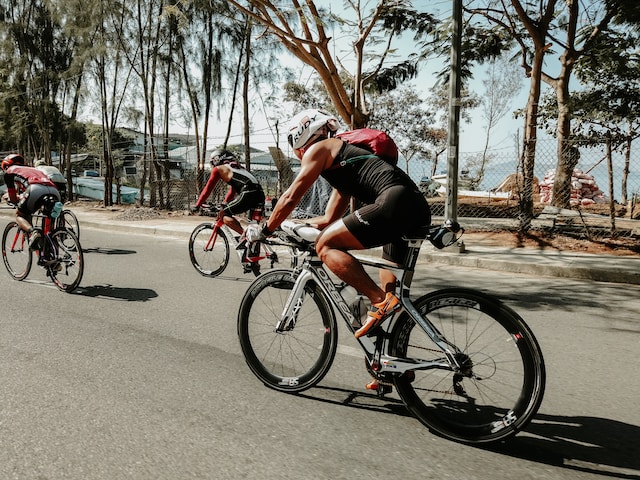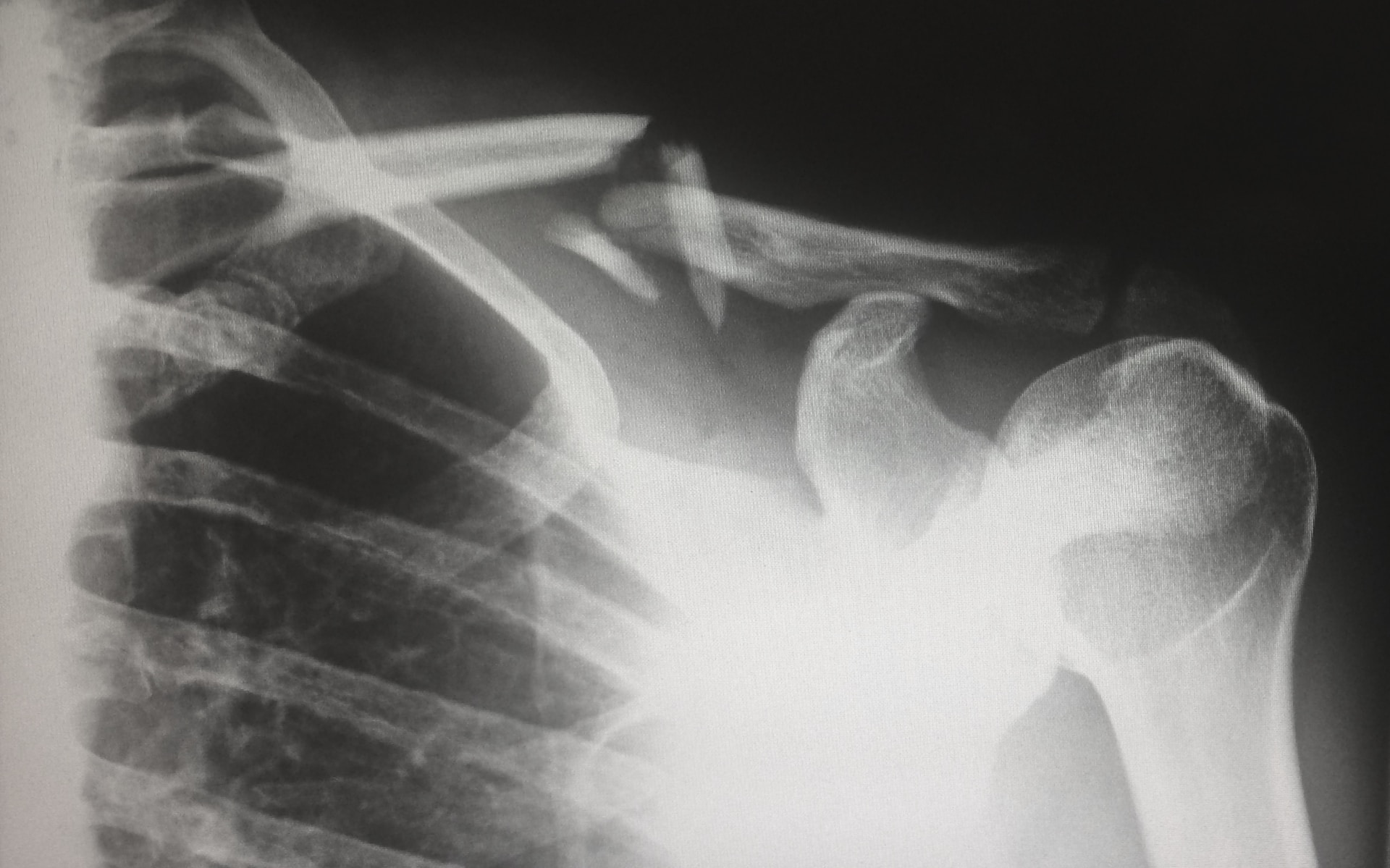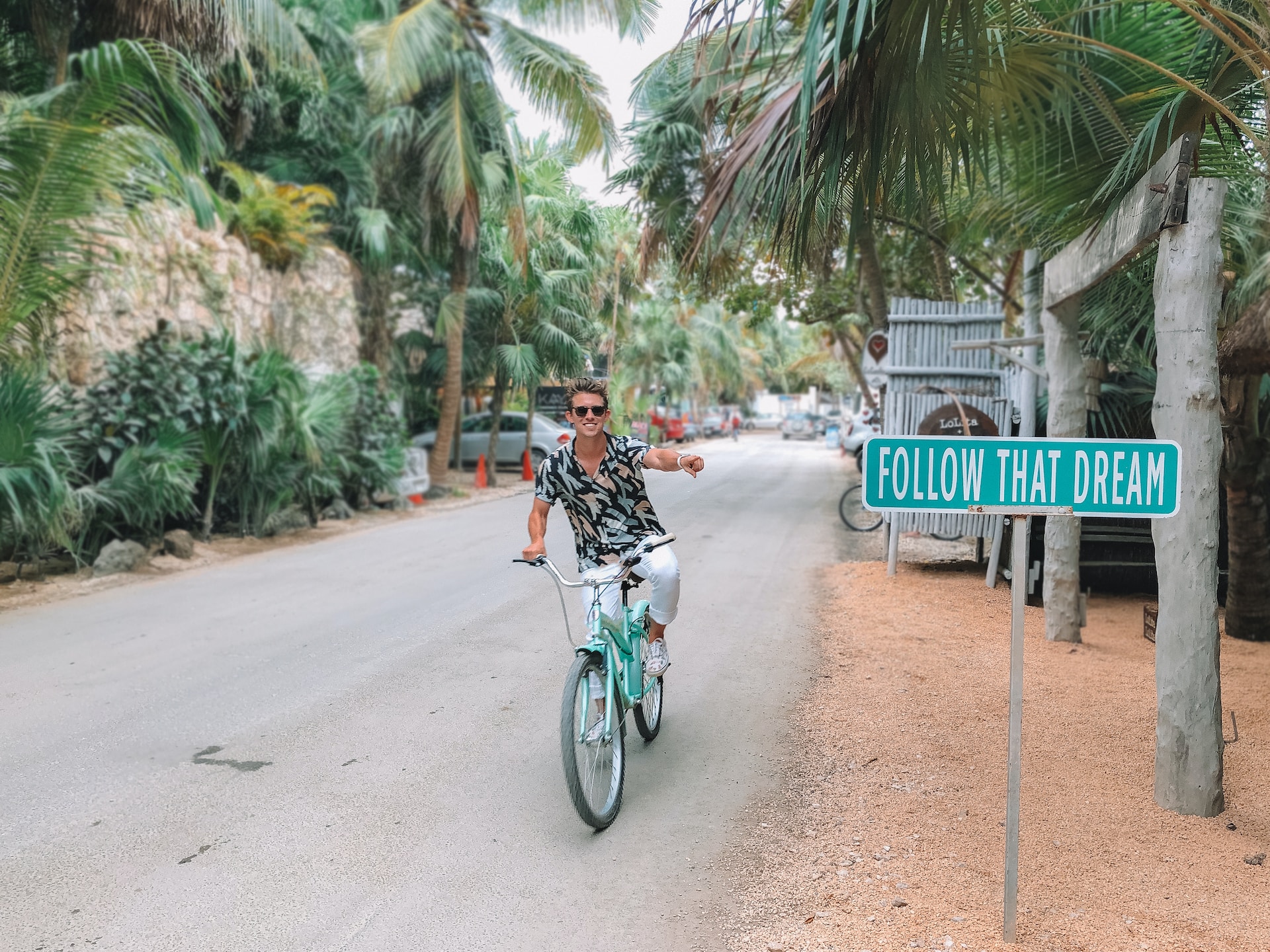Triathlons are the ultimate test of endurance, challenging athletes to swim, bike, and run their way to victory. Whether you’re a seasoned athlete looking for a new challenge or a beginner dipping your toes into the world of multi sport racing, training for a triathlon is an exhilarating journey that promises not only physical fitness but also mental fortitude. In this comprehensive guide, we will take you through the thrilling and challenging experiences of training for a triathlon while offering valuable insights and recommendations on the equipment you need to succeed.
The Triathlon: A Grueling Adventure
Before we dive into the nuts and bolts of triathlon training, let’s understand what this event entails. A triathlon consists of three disciplines:
- Swimming: Athletes start with an open-water swim, which can range from 300 meters in a sprint triathlon to 3.8 kilometers in an Ironman.
- Cycling: Following the swim, participants transition to the bike leg, covering distances from 12 miles in a sprint triathlon to 112 miles in an Ironman.
- Running: Finally, the race concludes with a run, ranging from 3.1 miles (5 kilometers) in a sprint triathlon to a full marathon (26.2 miles) in an Ironman.
Training for a triathlon requires a holistic approach, balancing these three disciplines. It’s important to look at this as a test for yourself and not a competition. I used to get wrapped up in competing against others only to realize that I am a completer, competer….one foot in front of the other until a finish. 🙂 Now, let’s embark on your triathlon training journey!
The Beginner’s Blueprint
If you’re new to triathlons, fear not! You don’t need to be a seasoned athlete to embark on this adventure. Here’s a beginner’s blueprint to kick start your training:
- Set Clear Goals: Decide on your race distance and set specific, measurable, attainable, relevant, and time-bound (SMART) goals. One of the main goals is defining a race far enough in advance as a target. In the past, I have used the following.
- https://www.trifind.com/
- https://member.usatriathlon.org/events
- Build a Training Plan: Structure your training with a well-rounded plan that includes swimming, cycling, and running workouts. Start slow and gradually increase intensity and duration. There are a number of resources out there for training plans. Personally, I have used an in person training programs for the most of my training. There are books out there which are really great for gathering a training programs. Finally, I believe that Garmin has some training programs for biking and running, although you cannot do both at once on a Garmin Fenix 6, article I wrote for indoor training and GAP. FYI, Joel Friel has two great books that I have read and trained by.
- Invest in Quality Gear: To perform your best, invest in essential equipment such as a comfortable wetsuit for swimming, a road or triathlon bike, and proper running shoes. If the water is extremely cold, a long john wet suit is not advisable since it allows more water into the suit. This Xterra makes quality gear. https://www.xterrawetsuits.com
- Nutrition and Hydration: Fuel your body with the right nutrients and stay hydrated throughout your training. Treat drinks like Gatorade or Powerade as if they are food since they contain a good amount of calories and the body will process them like food. Use Nuun tablets for electrolytes in hot climates, but remember water is your friend.
- Rest and Recovery: Don’t forget to rest. Your body needs time to recover and adapt to the demands of training. REST IS VERY IMPORTANT and an often overlooked element to training-triathlon, trail running, etc. etc.
Swimming: From Sink to Swim

Photo by Jorge Romero on Unsplash
For many, swimming is the most daunting part of triathlon training, especially if you’re not an experienced swimmer. Here are some tips to conquer the water:
- Swim Technique: Consider taking swim lessons or working with a coach to improve your stroke efficiency.
- Open-Water Practice: If your race is in open water, practice swimming in similar conditions to build confidence.
- Swim Gear: Essential swim gear includes a wet suit, goggles, and swim cap. Be aware that if you are going to use it in a tri then it should be used in training. It warrants saying again….if you are going to use it in a tri then it should be used in training. Many a person have donned new gear only to learn this valuable lesson.
- Pool vs. Open Water: Understand the differences between pool and open-water swimming and incorporate both into your training. There is enough of a different to warrant a few training “runs” in open water if the course is in open water, particularly when it comes to sighting and following a path in the water. One of the things that I have found is to stay back and to the side of the group to avoid being swam over by the current or next group behind you. You WILL BE swam over if you are not careful.
- Float When Needed: There is no shame in floating until you are ready to swim again, particularly if you are tired. NO SHAME! I’ve felt guilty about kicking back and resting for 15-30 seconds, especially when everyone around me is crawling over each other.
Cycling: On Two Wheels to Glory

Photo by Tony Pham on Unsplash
Cycling is a significant portion of triathlon training. Here’s what you need to know:
-
- Bike Selection: Choose a road or triathlon bike based on your budget and preferences. Get a professional bike fit to optimize comfort and performance as a tune-up a month or so before the race itself. After a tune-up is performed, there is a break in period for adjustment of brakes, gearing, and etc.
- Training Rides: Include long rides, hill climbs, and interval sessions to build endurance and strength. A recommendation here would be to train on the same surface on which you are going to race as well as a sprinkle of different surfaces here and there.
- Safety: Always wear a helmet and follow traffic rules when cycling on the road. There are rules as to what is needed on a tri bike, one of which is the end caps on handlebars. If you lose one during race day, grab a plastic soda bottle cap as an end cap.
- Nutrition on the Bike: Practice fueling strategies to sustain energy during long rides. I would use the same nutrition you are using during a run as well as that which was used during training. (I couldn’t help but place and image…which I get a few pennies if you buy from me.)
Running: The Final Stretch

The run can make or break your triathlon performance. Here’s how to prepare for it:
- Running Form: Work on your running form to reduce the risk of injury and improve efficiency.
- Brick Workouts: Combine cycling and running (brick workouts) to simulate race conditions. These types of workouts may also be done with a brick of swimming and cycling. Don’t limit yourself to the last two, fwiw.
- Pacing: Learn to pace yourself throughout the run, especially after the swim and bike legs. A key note here is that the prior two sports utilize different muscles and therefore may not fire correctly without proper training in order.
- Footwear: Invest in quality running shoes suited to your foot type and running style. You might even want to be fitted by one of your local retailers. I personally have gone through a few different shoes and manufacturers throughout the years of running trail or street. You will need different shoes for each type of terrain. John Vonhof and Tonya Olson have a great book which has taught me and others a lot.
Transition Training

Transitions are the secret sauce to a successful triathlon. Smooth transitions save valuable time. Practice the art of transitioning between disciplines, which involves changing gear and equipment efficiently. Transition training is an essential skill that a lot of people fail to use in their training regimen. Knowing what it feels like to go from swim to bike and bike to run is key here. I personally trained a little with this simply to get the feel but not aiming to get in and get out since I was competing with myself. Its also a good idea to lay things out as if it were race day. What might seem like a great idea in the mind tends to not be worthwhile during raceday, with sometimes disastrous results.
As you can see above, being able to recognize what or where you bike and gear happens to be just as important as knowing how to use the equipment itself.
Equipment Guide
Now that we’ve covered the essentials of training for a triathlon, let’s explore the equipment you’ll need. I’ve included a list of items that I have found to be useful as hyperlinks. I will also include a note if there is something really special about it.
- Swim Gear:
- Wet suit
- Goggles (Tyr Nest Nano Pro) After having lost some weight, I found that the original swim goggles no longer fit as well as they used to. This was due to the fact that my face had changed and therefore needed a diff set of goggles.
- Swim cap
- Swim paddles
- Pull buoys
- Cycling Gear:
- Road or triathlon bike
- Helmet
- Cycling shoes and pedals
- Bike shorts
- Water bottles and cages
- Running Gear:
- Running shoes
- Running shorts/tights
- Moisture-wicking clothing
- Hydration belt/pack
- Transition Equipment:
- Transition bag
- Race belt
- Sunglasses
- Elastic laces
- Training Aids:
- Heart rate monitor
- GPS watch
- Bike trainer for indoor cycling
- Foam roller for recovery
What did we cover?!
Training for a triathlon is a challenging but immensely rewarding journey. With dedication, proper planning, and the right equipment, you can transform yourself into a triathlete. Remember to set realistic goals, stay consistent with your training, and enjoy the process.
Now retrieving an image set.
Walking Pad, AKLUER 2.25 HP Under Desk Mini Treadmill with 265 Weight Capacity, Portable Walking Treadmill with IR Remote for Home, Office, Apartment, Light Weight Electric Walking Jogging Machine
Now retrieving the price.
(as of September 5, 2023 18:23 GMT -07:00 – More infoProduct prices and availability are accurate as of the date/time indicated and are subject to change. Any price and availability information displayed on [relevant Amazon Site(s), as applicable] at the time of purchase will apply to the purchase of this product.)
Sperax Walking Pad,Under Desk Treadmill,Treadmills for Home,320 Lb Capacity
20% Off $299.99 $239.99 (as of September 5, 2023 18:23 GMT -07:00 – More infoProduct prices and availability are accurate as of the date/time indicated and are subject to change. Any price and availability information displayed on [relevant Amazon Site(s), as applicable] at the time of purchase will apply to the purchase of this product.)
Mini Exercise Bike, AGM Under Desk Bike Pedal Exerciser Foot Cycle Arm & Leg Pedal Exerciser with LCD Screen Displays
27% Off $59.99 $43.42 (as of September 5, 2023 18:23 GMT -07:00 – More infoProduct prices and availability are accurate as of the date/time indicated and are subject to change. Any price and availability information displayed on [relevant Amazon Site(s), as applicable] at the time of purchase will apply to the purchase of this product.)
















